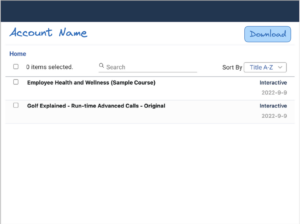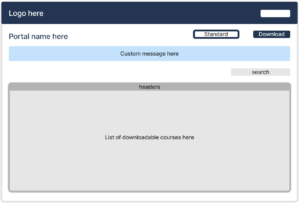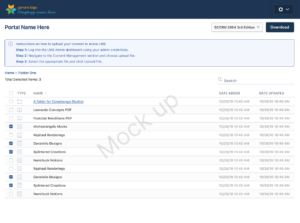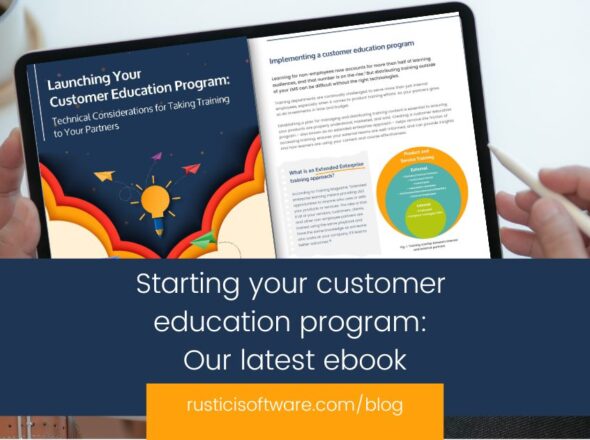Content Controller is the best way to share training content in a centralized way. Content publishers and enterprise organizations alike utilize it to send their content to customers or stakeholders while protecting their valuable intellectual property. This is done primarily by centralizing your content within the application and then sending out ‘proxy’ packages individually to the intended recipient. While this process can be manual and time-intensive, it keeps all the content usage controls within the content publishers’ hands.
What was asked vs. what was needed
After years of customer usage across Content Controller, we started to see one recurring feature request for a user type that would allow external users to be invited into Content Controller. While this idea could increase flexibility, it would also raise concerns about security, data privacy, and the incredibly vital access controls.. This idea may have felt like a non-starter, but we have a question in the Product group that we love to ask: “Why?” Why do customers want to invite external users into the platform?
Through further conversations with customers and key internal folks, it became clear that the core issue wasn’t about adding users to Content Controller – it was more about the time and effort involved in manually packaging up and sharing course files. This was especially true for groups with smaller teams, as it takes time away from more important priorities and tasks. To us, this was now a solvable problem that could change the way our customers operate on the platform for the better. From there, using customer and internal team insights, we gained a deeper understanding of the specific pain points involved with manually sharing course files. This culminated with a clear goal to reduce the manual burden on internal teams while empowering LMS administrators with a way to easily obtain content themselves.
Taking an idea from plausible to possible
When we began to try and find a solution, we were inspired by our deep linking feature and began brainstorming various ideas, including directly replicating the UI. However, it became clear from our gathered feedback that we needed a more expansive approach.

Ultimately, our solution was a new website that allowed approved individuals to access account-specific self-service training portals that contain course files to self-dispatch. This approach would maintain the integrity and security of Content Controller while giving users a straightforward way to collaborate with external partners and clients.

This approach requires little to no technical expertise to utilize. It enables Content Controller admins the ability to share content with external users in a controlled and secure manner without requiring them to access Content Controller itself. It also provides enough flexibility that we can adapt to future needs as customer requirements evolve.
The next step in Content Controller’s evolution
This new solution we have dubbed Content Portal and we see this as the next step in Content Controller evolution. We see it as an incredible way to simplify content distribution while still maintaining control over your vital intellectual property. This self-service approach with self-service training portals will not only bring newfound time to our customers sharing content but it will also give their clients and stakeholders more autonomy when collecting eLearning content.

Content Portal is now available in Content Controller 4.1, and we look forward to seeing how it helps our customers, their external partners, and clients. We are also excited for the potential this feature brings to the application for future iterations that could include more functionality. If you are curious about Content Controller or Content Portal, we implore you to reach out and let us know. We are always excited to hear your use cases and receive your feedback on how we can continue to evolve and enhance Content Controller.


